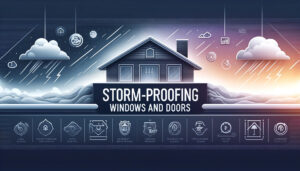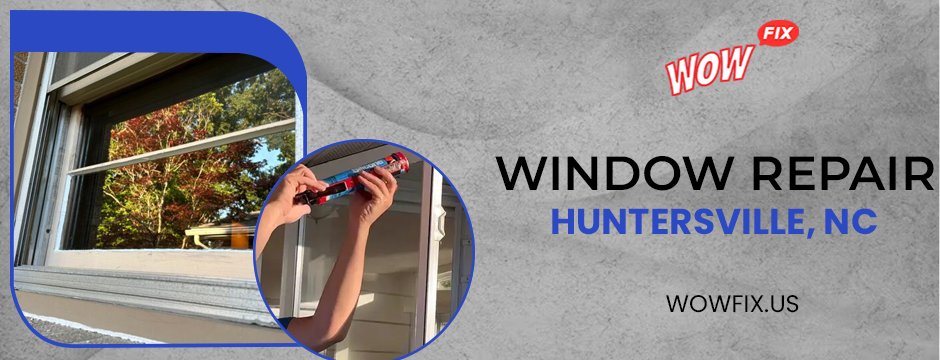
Fortifying Your Home: Essential Guide to Storm-Proofing Windows and Doors
In regions where storms and severe weather are common, protecting your home against the elements is not just a precaution—it’s a necessity. Storm-proofing windows and doors is a critical step in safeguarding your home’s integrity and ensuring the safety of its occupants. Here’s a detailed look at why storm-proofing is essential and how you can effectively reinforce your home against nature’s fury.
The Importance of Storm-Proofing
Storms, whether they bring wind, rain, or hail, can cause significant damage to properties. Repairing windows and doors are particularly vulnerable because they are the primary barriers between the interior of a home and the harsh conditions outside. Without proper protection, these openings can allow water to enter, leading to costly water damage and potential safety risks. Additionally, broken windows and doors can compromise the entire structure of a building during high winds.
Solutions for Storm-Proofing Windows
1. Impact-Resistant Glass: One of the most effective ways to protect windows is by using impact-resistant glass. This type of glass is designed to withstand high winds and flying debris, which are common during storms. It consists of two layers of tempered glass bonded with a plastic layer in between, ensuring that if the glass breaks, it holds together instead of shattering.
2. Shutters: Installing storm shutters is another robust solution. Shutters can be made from various materials, including metal, wood, or strong synthetic fabrics. They are mounted over the window and can be closed securely when a storm approaches. Glass options range from manual to automatic roll-down shutters, depending on your budget and needs.
3. Window Film: While not as protective as impact glass or shutters, window film can add an extra layer of resistance to your windows. The film helps hold glass shards together if the window breaks, preventing them from scattering and causing injury.
Reinforcing Doors
1. Sturdy Materials: The material of your door plays a crucial role in its ability to withstand storms. Fiberglass and solid wood are strong options, but metal doors might offer the best resistance against severe weather conditions.
2. Additional Locks and Bracing: Adding deadbolts and slide bolts can help keep doors from blowing in during high winds. For added protection, consider installing a storm door that adds another layer of security.
3. Weather Stripping and Seals: Proper seals and weather stripping prevent wind and water from penetrating through gaps around the doors. Make sure these are always in good condition and replace them when they start to deteriorate.
Additional Precautions
– Regular Maintenance: Check your windows and doors regularly for any signs of wear and tear. Cracks, loose frames, or decay can compromise the effectiveness of your storm-proofing measures.
– Professional Inspections: It’s a good idea to have your home inspected by professionals who can assess its vulnerabilities to storm damage and recommend specific protective measures.
Conclusion
Storm-proofing your windows and doors is an investment in your property and personal safety. By taking the necessary steps to reinforce these critical points, you can significantly reduce the risk of noise and damage during severe weather. Whether you opt for high-tech solutions like impact-resistant glass and automatic shutters or simpler methods like window film and extra locks, the key is to ensure that your home can withstand the worst of storms, keeping you and your loved ones safe and secure.







